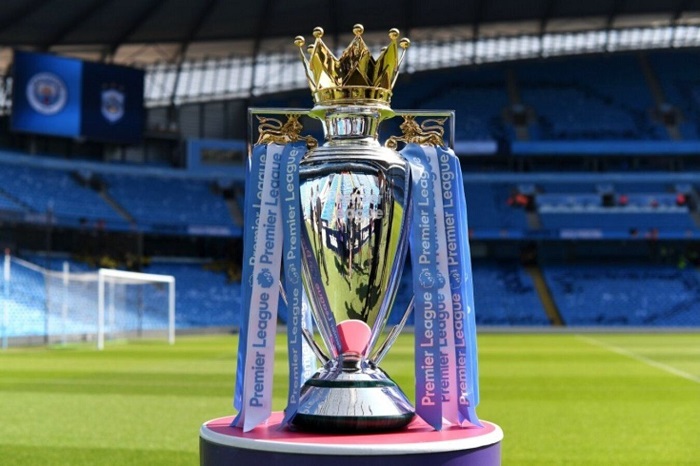The English Premier League has long been considered one of the richest and most commercially successful football leagues in the world. However, behind the bright broadcasts of matches and high-profile transfers, there is a complex system of financial flows that shape the economy of English football. Understanding these processes allows us to better assess how money affects sports, clubs and fans. You can find out more information on football betting.
Sources of club income
The main sources of income for Premier League clubs are broadcasting rights, sponsorship contracts, tickets and merchandise sales. Broadcasting rights occupy a key place, with television companies paying billions of pounds for the right to show Premier League matches. The distribution of these funds is based on a formula that takes into account the club’s position in the standings and the number of matches shown. As a result, even teams occupying the lower lines receive significant amounts, which helps maintain financial stability.
Sponsorship contracts and advertising agreements supplement the income of clubs. Famous brands actively cooperate with teams, placing their symbols on the players’ uniforms and in stadiums. Merchandising also brings in significant revenue: the sale of T-shirts, scarves, souvenirs and other paraphernalia is popular not only in the UK but also abroad.
Transfers and players’ salaries
Financial flows in the Premier League also include club expenses. The largest amounts are spent on transfers and players’ salaries. Clubs compete for the stars of world football, ready to pay hundreds of thousands of pounds a week for their services. This level of spending creates pressure on clubs, forcing them to carefully plan their budgets and look for new sources of income.
The financial policy of the Premier League strives to balance investment in the squad and the stability of the club budget. The introduced rules of financial fair play are aimed at ensuring that clubs do not spend more than they can earn, preventing the accumulation of debt.
The impact of money on competitiveness
High levels of income create a clear division between clubs. Rich teams such as:
- Manchester City;
- Liverpool;
- Chelsea
are able to buy top players and build modern training facilities. Teams with smaller budgets are forced to rely more on youth academies and a sensible transfer policy. Despite this, the financial support of the Premier League through the distribution of TV money helps maintain relative equality and increases interest in each match.










